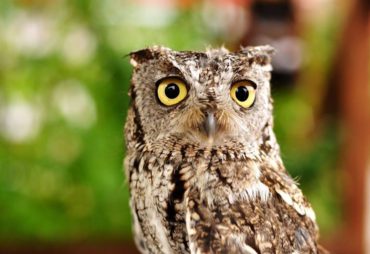
The Teton Raptor Center in Wilson, Wyoming, is attempting to contact as many people as possible who have an interest in the outdoors. The organization’s goal is to increase awareness of a little-known problem: Outdoor toilets can entrap cavity-nesting owls.
Other birds that nest or shelter in tree cavities are also at risk. The problem is the facility’s vent pipe.
Outdoor toilets, vault toilets and porta-potties are constructed with vent pipes. These pipes are usually screened so that they remain clear of unwanted debris. If screens aren’t in place on these structures, they are an invitation for owls and other birds like the woodpeckers and starlings to enter them.
After a bird is in the pipe, the chances of it tumbling into the sewage vault below the toilet are high. Death is common.
Detailed information on the project is available on the Raptor Center’s website. The organization is mapping all of the states that are supporting this effort. Currently 32 states, including Washington, are shown as “partner states.” The goal is to make sure all outdoor toilets are properly vented.
Parks and camping areas can be found throughout Western Washington and the West Sound. Outdoor toilets are provided in most of these areas. It takes only seconds to determine if they have good screening in place.
If there is no screening or if it is damaged, the agency responsible for it needs to be contacted. This is where the outdoor-oriented public can take part in this project.
Owls are more common throughout the West Sound region than many people realize. This is due to the fact that they are primarily nocturnal. Those that nest in tree cavities and similar openings i.e. pipes, are the small owls.
The Northern screech owl, saw-whet owl and pygmy owl are in this group. Larger owls like the great horned, barn and barred owls nest in trees, uninhabited buildings and the abandoned nests of hawks or crows.
In addition to the information available on the Raptor Center website, there are also photographs. Boreal owls aren’t found in the Pacific Northwest. However, they are found in Alaska.
Along with the Teton Raptor Center in Wyoming, the Alaska Department of Fish and Game is involved in getting information out to the public. A photograph taken by that department shows a boreal owl looking up at the photographer — from the bottom of the outhouse and on top of its debris.
























